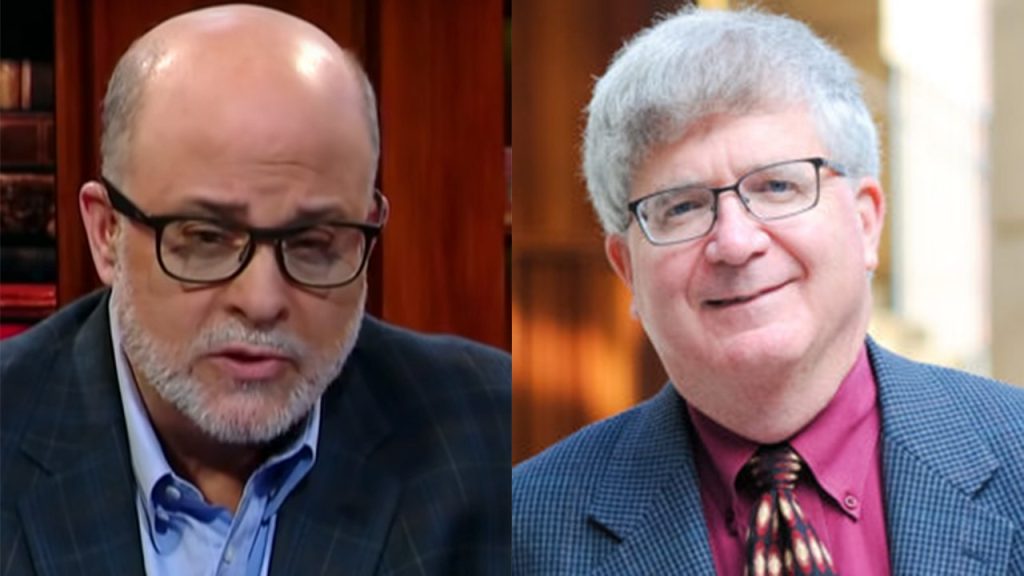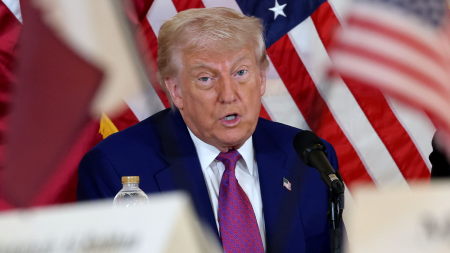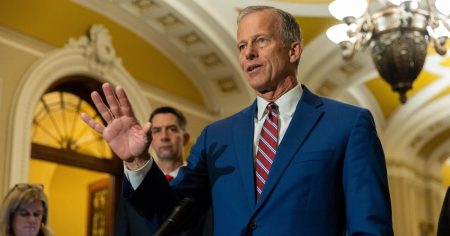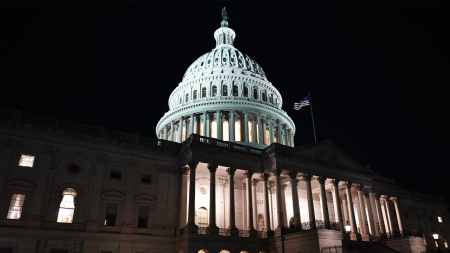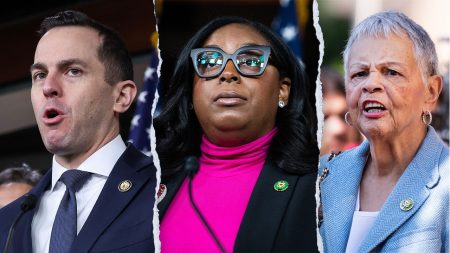The phrase “separation of church and state” does not appear in the Constitution, however, the Founding Fathers did not see an issue with having religion in American culture. Professor Michael McConnell explained that while Congress is prohibited from establishing a state religion, there is nothing in the Constitution that bans religion from the public square. The establishment clause in the Constitution mentions that Congress shall make no law respecting an establishment of religion, or prohibiting the free exercise thereof. The framers aimed to prevent government control of religion, rather than eliminating religious elements from the culture.
In the 18th century, there were prominent writers advocating for a union between church and state, but the framers did not believe in such a union. They wanted to protect against government interference in religion, ensuring that the government did not have the power to dictate beliefs, control churches, or influence religious personnel. The framers did not intend for Americans to be any less religious than they chose to be, but rather wanted to prevent the government from controlling religious practices and beliefs. The Supreme Court periodically rules on cases challenging the relationship between church and state, with a recent ruling allowing a peace cross memorial to remain in place on public land in a Washington, D.C. suburb.
Residents and the American Humanist Association (AHA) filed a lawsuit to have the peace cross memorial removed, claiming it violated the Constitution. However, the Supreme Court ruled in favor of allowing the memorial to stay, based on factors such as its history and purpose. Justice Samuel Alito noted in the court’s opinion that the Bladensburg Cross has served as a way for the community to express grief, thanks, and dedication to the ideals of the young men who perished. Alito emphasized that removing the cross solely because it is a religious symbol would be viewed as a hostile action towards religion. This decision overturned the Fourth Circuit Court of Appeals ruling, which had deemed the cross unconstitutional.
The Supreme Court’s decision in the peace cross memorial case reflects a broader discussion on the intersection of religion and government in American society. While the Constitution does not incorporate the phrase “separation of church and state,” it does outline protections against government interference in religion. The framers aimed to prevent the government from controlling religious practices, beliefs, and dictating what individuals should believe. The recent ruling highlights the importance of considering the historical context and purpose of religious symbols in public spaces, as well as the broader implications of government actions towards religion.
Overall, the relationship between church and state in America is complex and subject to interpretation through legal cases and Supreme Court rulings. The founding principles of religious freedom and government non-interference in religious matters continue to shape discussions and decisions on issues related to religion in the public sphere. The recent ruling on the peace cross memorial emphasizes the significance of historical context and community sentiment in determining the constitutionality of religious symbols in public spaces. The ongoing debate surrounding the establishment clause and religious freedom demonstrates the enduring relevance of these principles in American society and legal interpretations.









